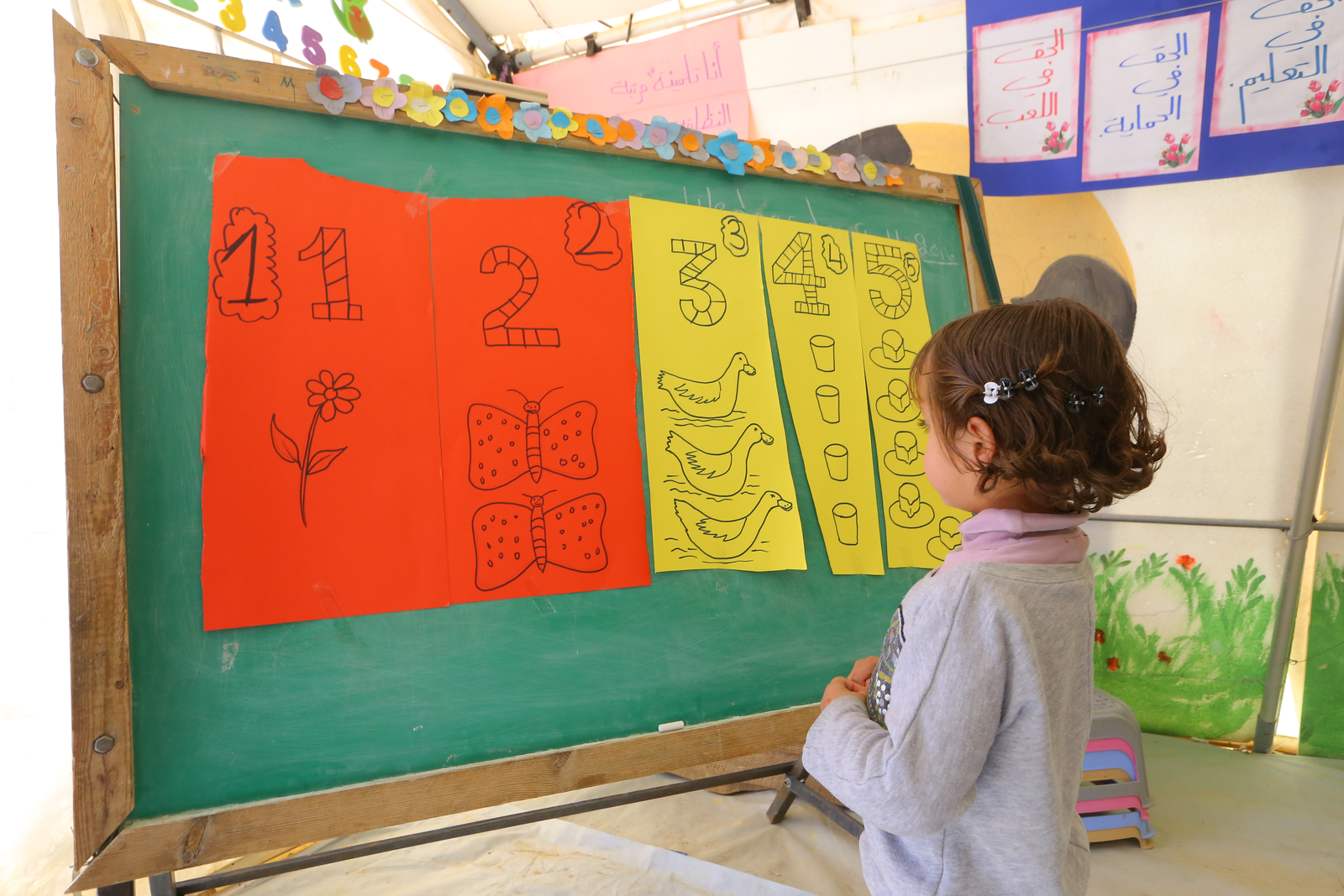
200,000 children traumatised by conflict in Ukraine need urgent care
Barriers to education, Children in conflicts, Education in emergencies, Refugees and internally displaced people, Safe schools
More schools have been damaged in recent weeks and thousands of children who risk shells and landmines to get an education are showing signs of fear and anxiety.
One in four children in eastern Ukraine are suffering from severe trauma and fear caused by the ongoing conflict
Teachers, school directors and parents are reporting behavioural changes in children as young as three because of shelling and the danger of landmines and other unexploded devices.
They include severe anxiety, bed-wetting, nightmares, aggressive behaviour and withdrawing from families and communities.
Many children are risking their lives just to get an education. Seven schools were damaged when violence escalated again in February and March.
More than 740 schools – that’s one in five in eastern Ukraine – have been damaged or destroyed since the conflict began in 2014.
The United Nations children’s agency UNICEF says more than 200,000 children in the two regions most severely affected need urgent and sustained psychosocial support after living through more than three years of violence.
They live in Donetsk and Luhansk oblasts, within 10 miles of each side of the “contact-line” that divides government and non-government-controlled areas and where fighting is most intense.
Anastasiya Kashyra, a child and youth psychologist, works in a youth club in Mariupol where children get psychological counselling.
She said: “Here the children see soldiers on the streets. There is a military checkpoint just around the corner behind the local school and, of course, the sound of the shelling can be heard almost every night and sometimes also during the day.”
Specially trained teachers are helping social workers and psychologists to work with the traumatised children. But many are not getting the support they need.

“The world has forgotten about this invisible crisis in eastern Ukraine – but hundreds of thousands of children are paying a heavy price, one that could last a lifetime without adequate support,” said UNICEF Ukraine Representative Giovanna Barberis.
In February, Michele Cecere, Save the Children’s Representative in Ukraine, said: “There are reports of large numbers of unexploded ordnance in the streets, putting children at enormous risk when going to school, even when they can reopen.”
Some students have missed many months of schooling due to displacement and the effects of the conflict.
Barberis added: “Children should not have to live with the emotional scars from a conflict they had no part in creating. Additional support is needed now so that young people in Donetsk and Luhansk can grow into healthy adults and rebuild their communities,.
“Children and their families urgently need peace. We call on all sides of the conflict to recommit to the ceasefire signed in Minsk to end this senseless violence.”
Last year UNICEF reached about 200,000 children with psychosocial support through community protection centres, mobile teams, teachers and school-based psychologists.
More news

Theirworld initiative helps to deliver $30m of computers to Ukrainian children
